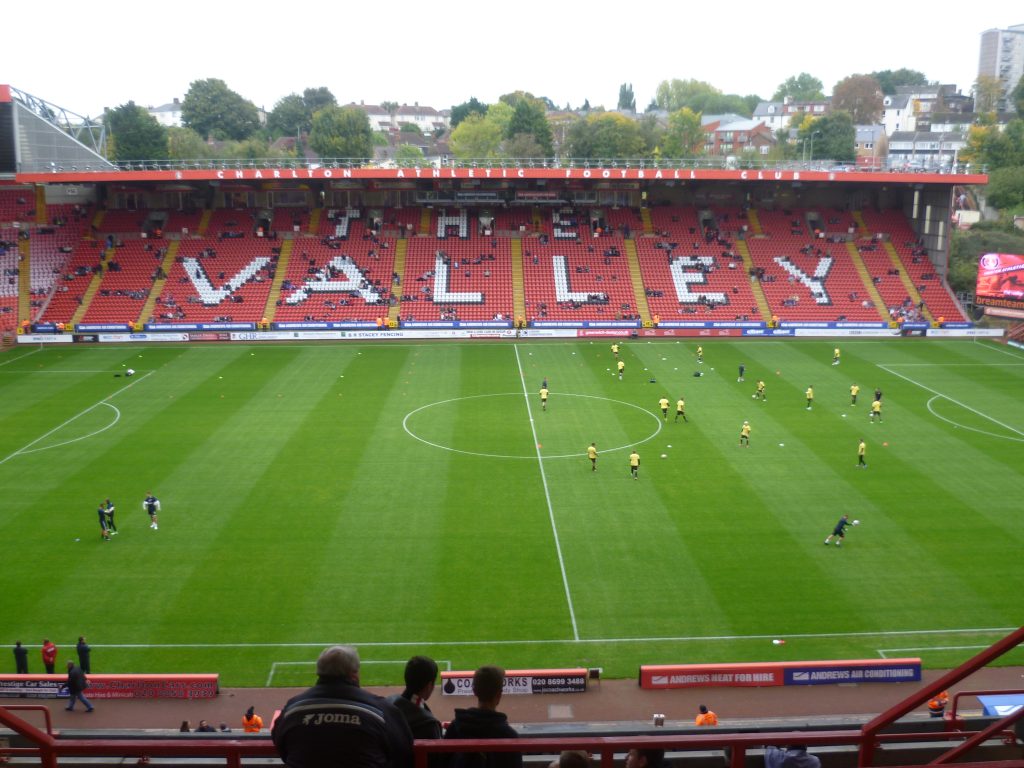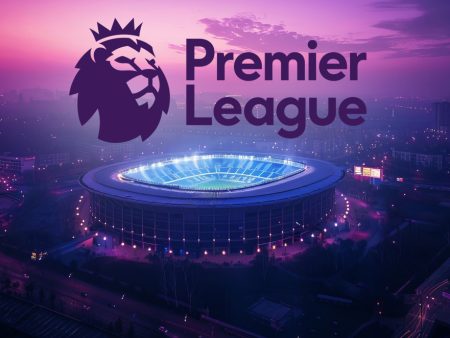
The history of Charlton Athletic and The Valley Stadium?
The Valley Stadium has a long-standing relationship with Charlton Athletic. The club outgrew their former space, thus they first relocated to The Valley in 1919. The Valley was one of the nation’s most cutting-edge stadiums at the time, with a capacity that could compete with any other football stadium. But in 1985, Charlton was forced to vacate The Valley due to financial issues, and they were forced to temporarily play their home matches at Selhurst Park, the venue for Crystal Palace. Charlton supporters were adamant about bringing the team back to The Valley because they were devoted to their club and were firmly anchored in their neighbourhood.
The Valley Party, a political organisation started by Charlton supporters, launched a campaign to bring the team back to its original location. To the surprise of its devoted fans, Charlton Athletic ultimately relocated back to The Valley in 1992 after years of campaigning and negotiations. Charlton Athletic and its supporters celebrated a significant occasion with the return to The Valley. The stadium has a particular place in the hearts of Charlton fans since it symbolises the club’s past, present, and durability of its neighbourhood.
Charlton Athletic’s Early Years

The early years of Charlton Athletic were characterised by both difficulty and achievement. A group of young employees from the Siemens factory in Charlton, London, created the club in 1905. The squad struggled financially in its early years and played in a number of local leagues to survive. The club’s fortunes did, however, change when they joined the Football League in the 1920s. For the first time in their history, Charlton made it to the top level in 1936 under the direction of famed manager Jimmy Seed.
Charlton enjoyed some of their most prosperous eras in the 1930s and 1940s. In 1946, they advanced to the FA Cup final but fell to Derby County. But the next year, they made up for it by overcoming Burnley 1-0 in overtime to win the cup. With this triumph, the team gained notoriety and became a major power in English football. Charlton had a terrible time in the 1950s and 1960s because of their financial problems and relegation from the top level.
The team did, however, succeed in getting back into the First Division in 1957, and they remained there for a while. They produced outstanding players like Derek Ufton and Mike Bailey during this time who later went on to become club legends. Charlton Athletic experienced ups and downs in its early years, but the team persevered and displayed a love for the game. Their success is a monument to the perseverance and commitment of the players, coaches, and supporters who stuck with them through good times and bad. The team still plays in lesser divisions now, but Charlton’s early years serve as a reminder of its illustrious football history.
The Future of Charlton Athletic
What does the future hold for the London-based football club Charlton Athletic, which has experienced its fair share of ups and downs throughout the course of its history? The club has experienced a number of difficulties recently, including ownership conflicts and financial difficulties. With recent changes in management and ownership, there is new optimism, though. The club’s new manager, the seasoned Nigel Adkins, is committed to bringing the team back to its heyday. Paul Elliott, an Abu Dhabi-based businessman, just purchased the bulk of the club’s shares, adding much-needed cash and stability.
With these positive changes, Charlton Athletic’s future appears bright. The club will need to concentrate on reassembling its roster and growing its young academy if it wants to be successful on the pitch. It will also enable the development of local talent and create a solid foundation for the future. Since Charlton Athletic has a devoted following, it will be crucial to keep the fans interested in and excited about the team’s development. Supporters will feel more unified and loyal if money is invested in fan engagement and community outreach programmes. The team will need to improve its financial stability off the pitch.
The financial boost from Paul Elliott’s ownership should provide the situation a much-needed lift, but in order to prevent further problems, it will be essential to guarantee careful financial management. The club’s long-term financial health will be secured through creating sustainable revenue sources, such as sponsorships and retail sales. Overall, Charlton Athletic’s future is promising. The team is on the right track to recover from its recent setbacks with a new manager in charge and additional funding. Charlton Athletic has the potential to recapture its old glory and compete at the top levels of English football once more by concentrating on reassembling the squad, enticing the fan base, and assuring financial stability.
What is the future of The Valley Stadium?
Plans have been made for the future of The Valley Stadium. In order to improve the fan experience and modernise amenities, the club and the local municipality have considered the possibility of reconstructing or restoring specific stadium areas with the help of fans. In addition, Charlton Athletic wants to play in the Premier League, the top division of English football.
In defining the club’s future and the amount of investment that can be made in The Valley Stadium, the team’s performance on the pitch will be of utmost importance. Ultimately, Charlton Athletic’s long-term objective is to move back to The Valley. The stadium stands for the club’s character, legacy, and the steadfast support of its followers. It is a location where enduring memories are created and where Charlton’s soul still thrives.
Conslusion
The Valley Stadium is more than just a stadium because it has served as a gathering place for generations of Charlton Athletic supporters. It’s where friendships are sparked, memories of childhood are created, and the shared experiences that bind the neighbourhood together like a close-knit family. The Valley has served as the setting for many memorable events over the years that have forever changed the story of the club. The strength of Charlton’s supporters has shone best in the face of adversity there, where legends have grown, victories have been celebrated, and legends have come out.










